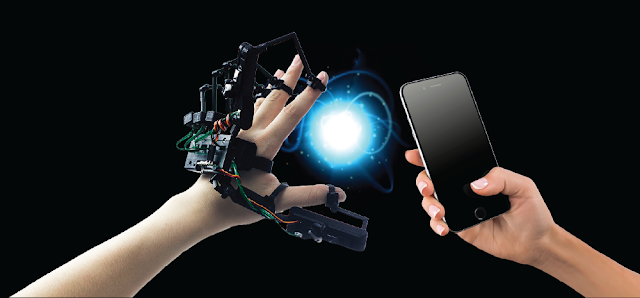Haptic Technology For Mobile Device: Making Mobile Touchscreens More Interactive Through Tactile Feedback

Haptic Technology For Mobile Device
Introduction to Haptics
One of the most common forms of Haptic Technology For Mobile Devices are vibration motors. Small linear resonant actuators or eccentric rotating mass motors are embedded inside devices and can provide basic vibration patterns. When triggered by certain on-screen interactions like notifications or UI elements, they subtly buzz the device. This adds an immersive tactile layer that improves usability. For example, vibration confirms button presses or menu selections. It also alerts users to calls, messages and other events discreetly without sound.
Piezoelectric actuators take haptics a step further by enabling localized, multi-dimensional tactile effects. Instead of whole-device rumbles, they impart nuanced touch sensations to specific screen areas. These tiny electromechanical devices flex or bend in response to electrical signals, recreating the feel of everything from rigid buttons and switches to soft textures. Combined with optimized vibration patterns, they simulate intricate tactile illusions with high precision. This brings a new degree of realism and interactivity to touchscreens. Game controllers, keyboards and braille displays have effectively used piezoelectric haptics to engage more of the user's senses. As the technology advances, it promises to transform how we interact with digital content and interfaces.
Gaming is one area that has greatly benefitted from haptic advances. From the subtle click of pulling a virtual trigger to the visceral rumble of explosions, tactile feedback heightens immersion. Game controllers equip specialized vibration motors, actuators and linear resonance devices to reflect on-screen gameplay. For example, the Nintendo Switch integrates HD Rumble into its Joy-Con controllers. It can generate distinct vibrations for each action like running across different terrains. Mobile gaming is also utilizing haptics more through vibration, precise touch and localized pressure sensory. This engages players on a deeper sensory level beyond just visuals and audio. As haptics integration expands, it will continue reshaping the interactive entertainment experience.
Another cutting-edge application of haptics is pressure-sensitive virtual keyboards. Traditionally, touchscreens only sense the point of contact but not how hard the touch is. Pressure-enabled keyboards can discern the varying force applied while typing to register lighter/heavier key presses. Coupled with haptic feedback, they simulate the feel of physical keys with subtle tactile bumps. This provides an authentic typing experience and improves touch typing accuracy. Besides enhancing communication apps, advanced pressure-sensitive haptics can enable new modalities of creative expression and productivity tools. As pressure input becomes mainstream, expect it to transform the way we interact with our touchscreen devices.



Comments
Post a Comment